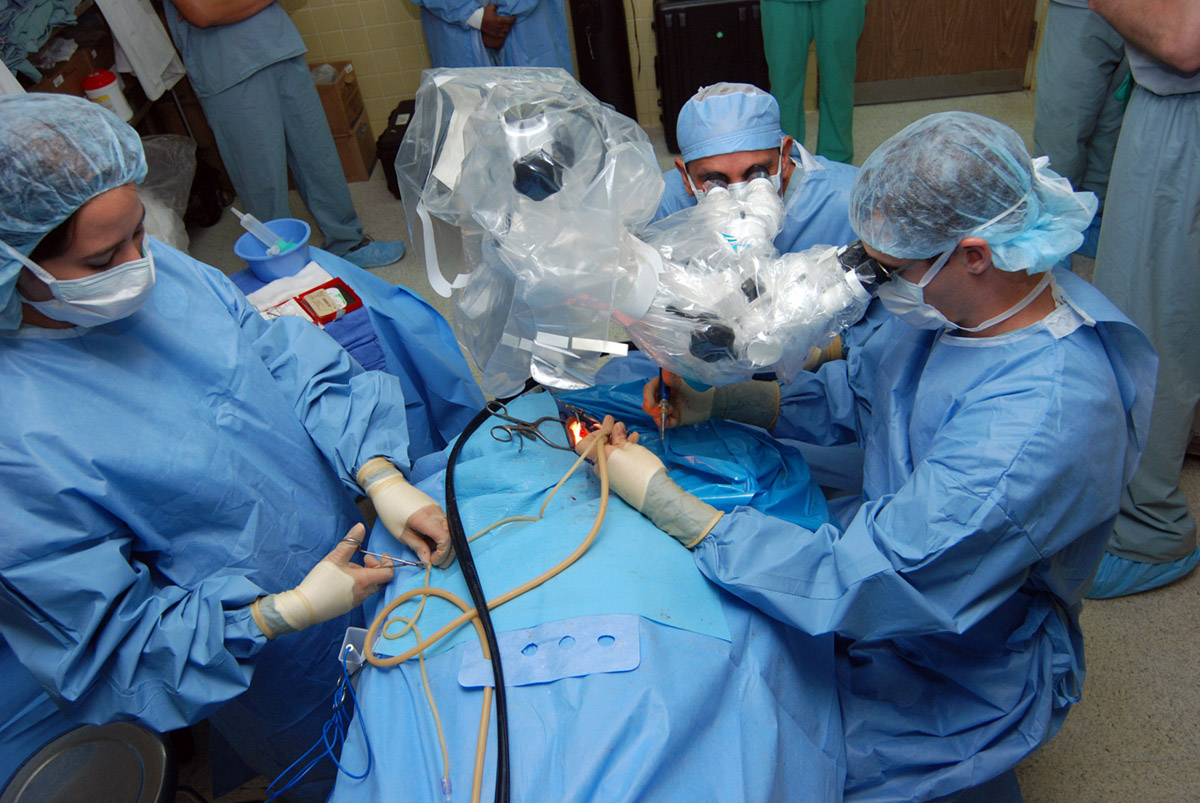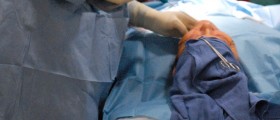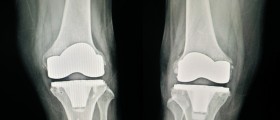
These days ear surgery is a very common procedure and is usually very safe and effective when an expert surgeon is performing the operation.
There are several kinds of ear surgery that are most common.
Myringotomy and tube placement is a surgery that involves making a small incision in the eardrum and then suctioning fluid out of the middle ear and placing a tube within the eardrum that will ventilate the area. In a child’s case, anesthesia will be needed, but it is simpler for adults and can be done in the office of a good surgeon in only a few minutes.
Once the tubes have been inserted and they will usually fall out all by themselves in about three to 12 months. It is also very important to keep the ear dry when the tubes are inside.
Stapes surgery is another kind of procedure. It needs local anesthesia and an operating microscope for vision inside the ear. In the procedure, the eardrum is moved aside and the stapes bones are mobilized or replaced with an artificial bone made of either Teflon or stainless steel. The success rate of this procedure is really high its about 98 percent but it is also important to know that there are many potential risks in any kind of ear surgery.
Some of them include further hearing loss, dizziness, tinnitus, facial paralysis, bleeding and infections, so it is vital to see an expert surgeon in order to minimize the chances of problems resulting from the surgery.
Tympanoplasty and Mastoid surgery are procedures that will need general anesthesia and require an incision made behind the ear. The mastoid bone is then removed with a high-speed drill and the disease that is affecting the mastoid is eliminated. In most traditional forms of this surgery, the ear canal is removed and a cavity is created, which will need to be cleaned at least four times each year by a doctor in order to avoid infection. There is also a way to do the surgery that will leave the eardrum intact however in most cases the eardrum will need to be reconstructed in order to return hearing to normal so that people will be able to do activities that involved water such as showering, swimming and bathing without any kinds of restrictions.
Another common procedure is translabyrinthine surgery, which is performed in the inner ear and removes the acoustic neuromas in the ear. In this procedure as well, the mastoid bone is removed so that the brain cavity can be entered into. The risks of the procedure are similar to any other kind of ear procedure, and it is important to remember that the facial nerve is located in the area which can potentially lead to swelling and weakness that can be permanent in some cases.

















Your thoughts on this
Loading...